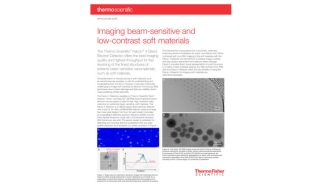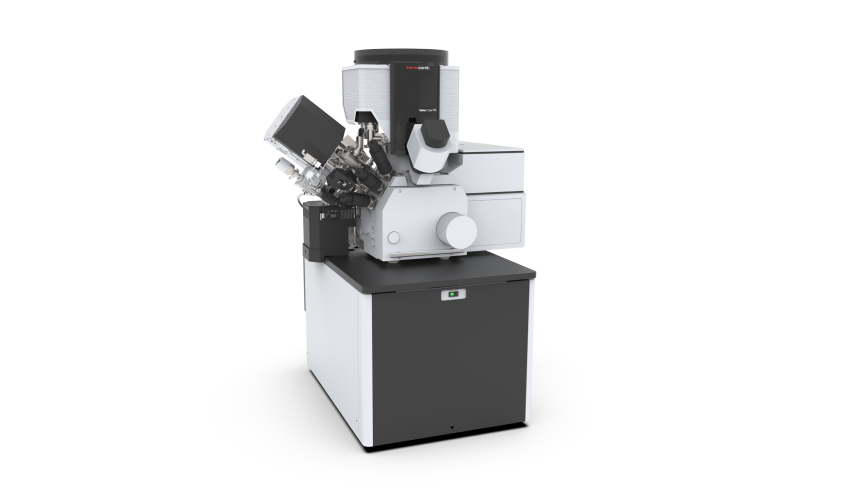Scanning Electron Microscopy (SEM)
Since the introduction of electron microscopes in the 1930s, scanning electron microscopy (SEM) has developed into a critical tool within numerous different research fields, spanning areas from materials science, to forensics, to industr...
Read more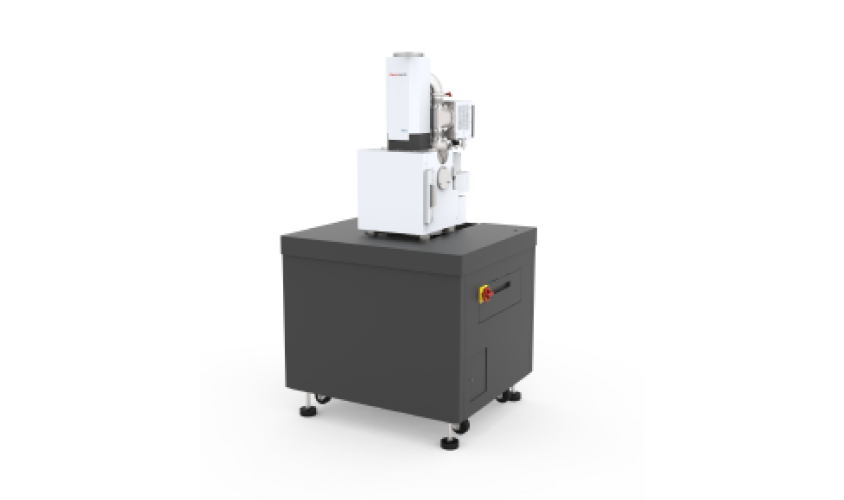
Desktop Scanning Electron Microscopy (Desktop SEM)
Since the introduction of electron microscopes in the 1930s, scanning electron microscopy (SEM) has developed into a critical tool within numerous different research fields, spanning areas from materials science, to forensics, to industr...
Read more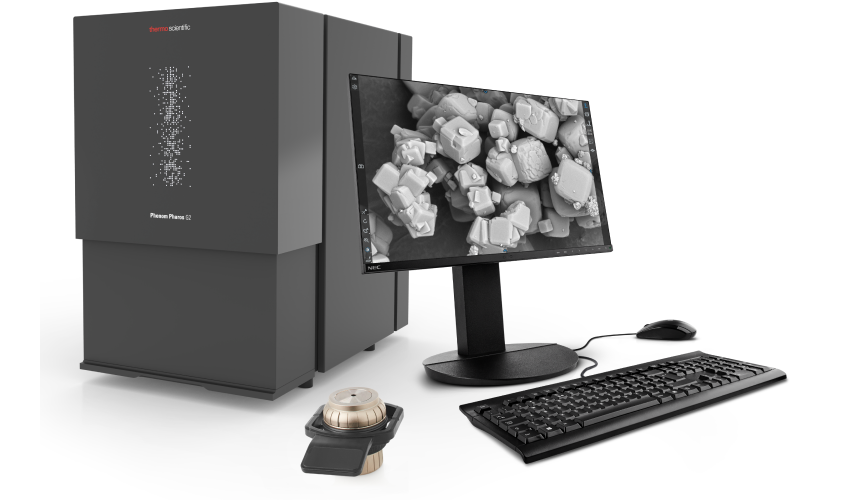
Transmission electron microscopy (TEM)
Transmission electron microscopy (TEM) is a high-resolution imaging technique in which an image is produced when a beam of electrons passes through a thin sample. The electron beam is impacted by the thickness/density of a sample, its co...
Read more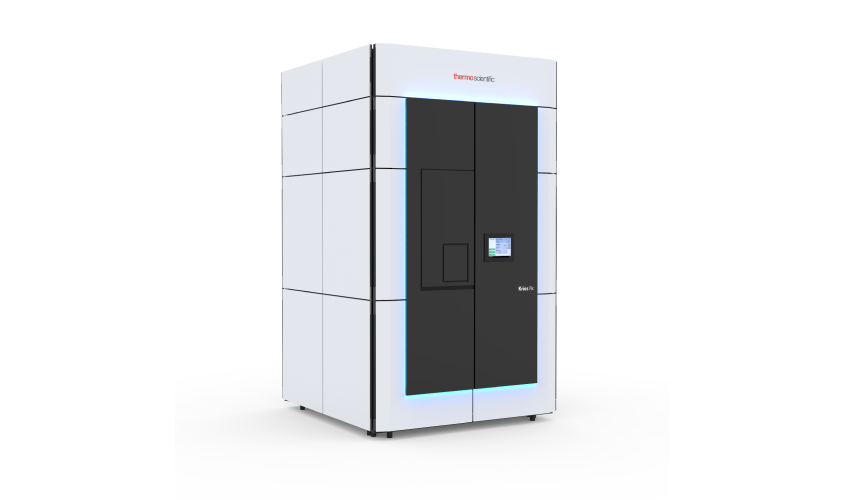
DualBeam Instruments
DualBeam - focused ion beam scanning electron microscopy (FIB-SEM) instruments generate structural and compositional information at the nanoscale, by combining the precise sample modification of FIB with the high-resolution imaging of SE...
Read more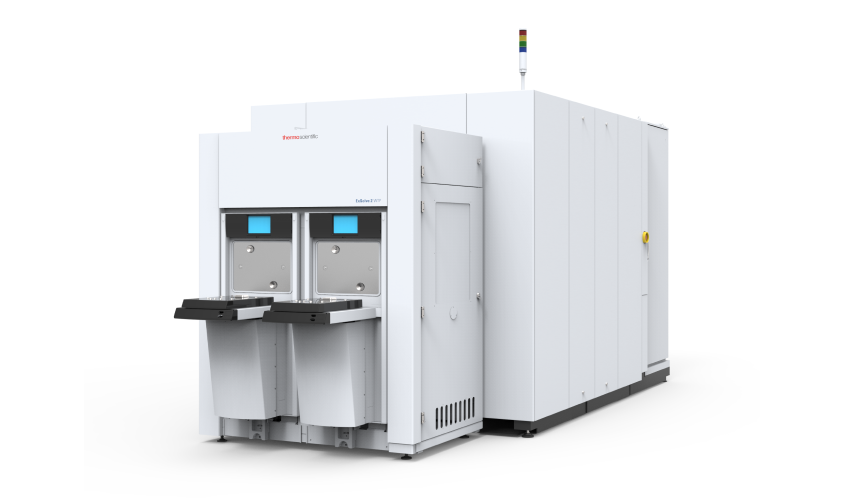
Electrical Failure Analysis (EFA) Systems
Shrinking technologies, new materials, and more complex structures are making defects increasingly common - especially when the circuit design is particularly sensitive to process variation. These non-visual defects reveal themselves as ...
Read more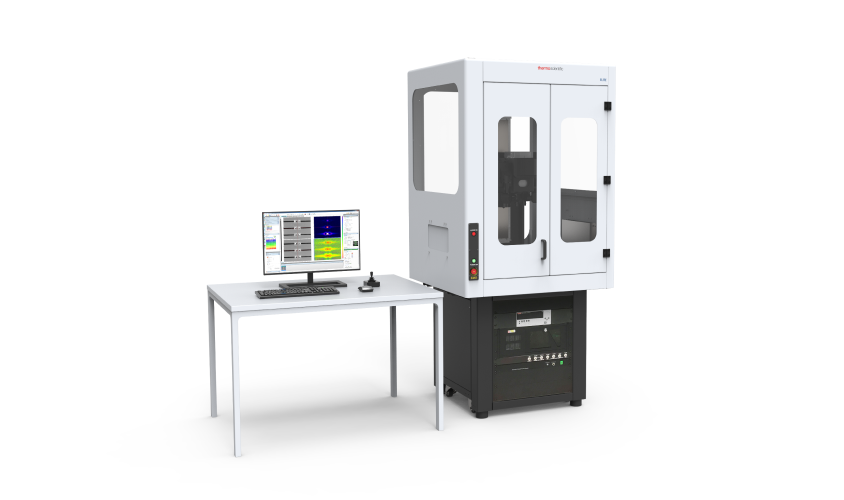
Circuit Edit Systems
Circuit edit technology enables fast prototyping of small design corrections at multiple points of the IC manufacturing process: after first silicon debug, for performance enhancements during yield ramp, to create a small number of funct...
Read more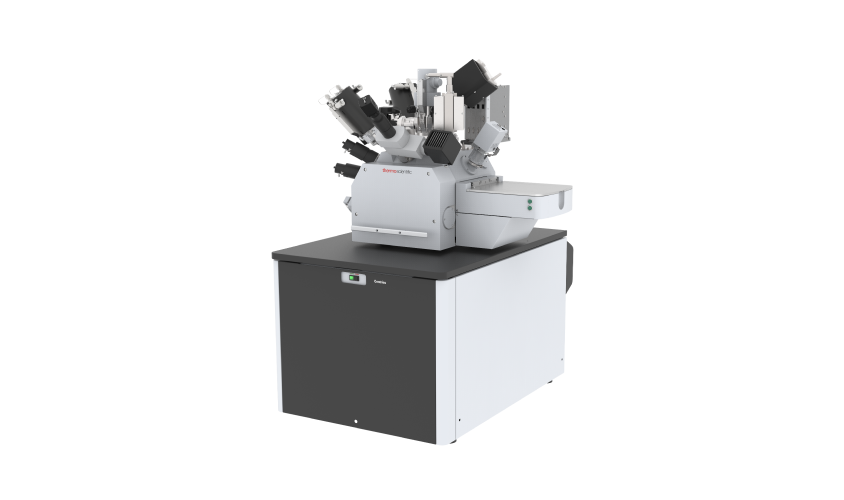
Micro-computed tomography (microCT)
Having the ability to efficiently produce quantitative 3D images of nearly any sample, micro-computed tomography (microCT) has become a standard tool for materials science research. As the reconstructions are generated with non-destructi...
Read more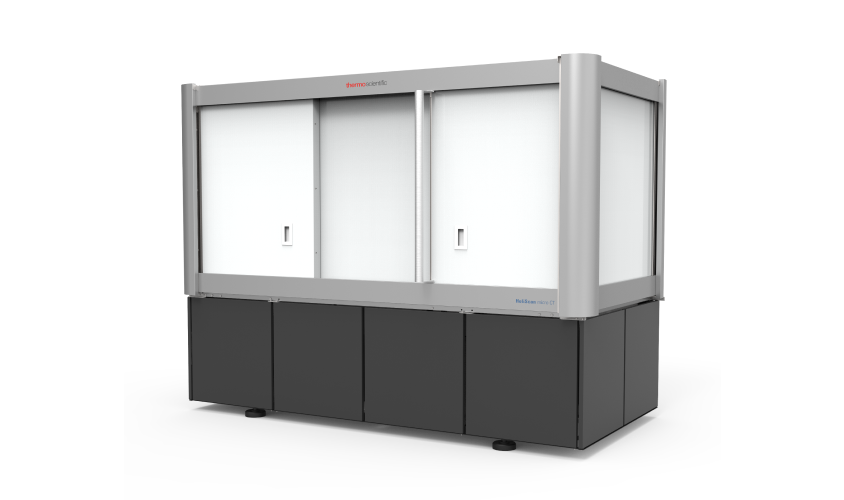
Sample Vitrification in Electron Microscopy
Vitrification forms an amorphous solid that does little to no damage to the sample structure. This is a critical technique for cellular and structural biology research, where samples are cooled so rapidly that the surrounding water molec...
Read more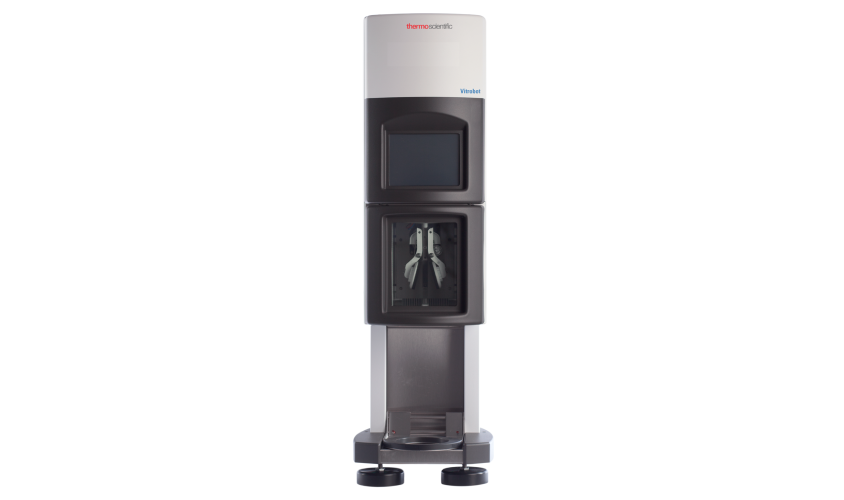
Detectors for Electron Microscopy
Thermo Scientific Pathfinder X-ray microanalysis for SEM/EDS and SEM/WDS prevents many of the difficulties found in traditional elemental-based X-ray microanalysis. Pathfinder software classifies the chemical phases in your sample straig...
Read more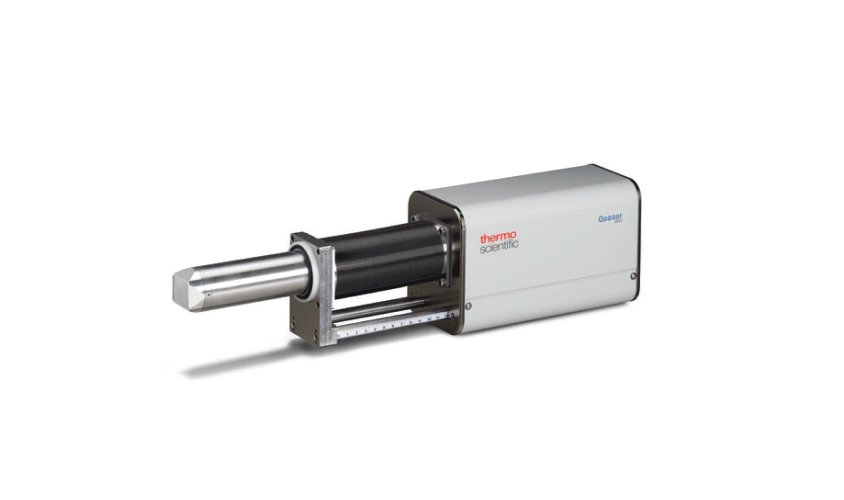
Electron Microscopy Applications
